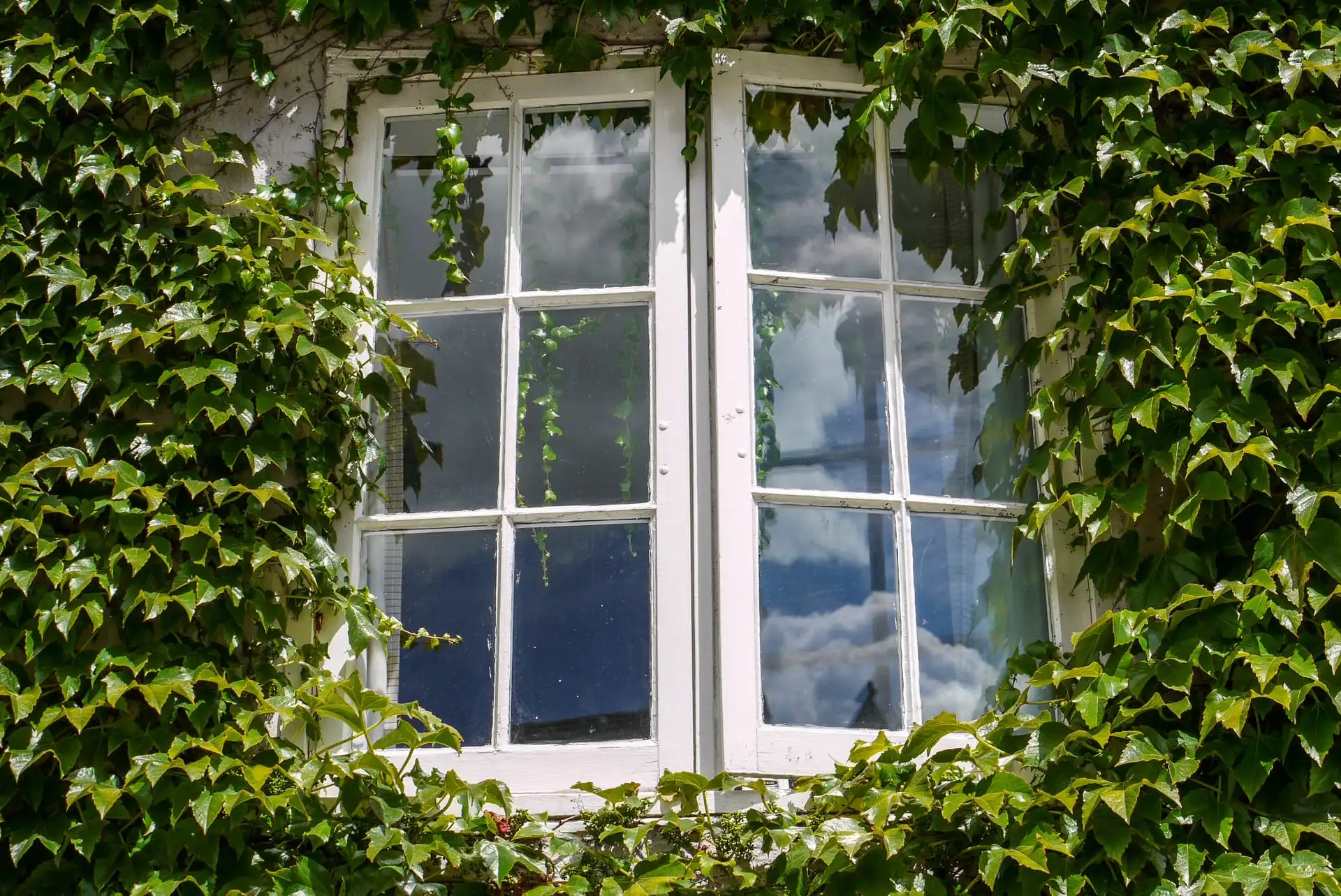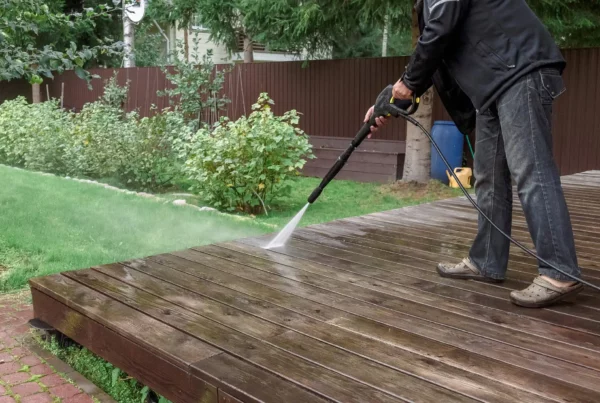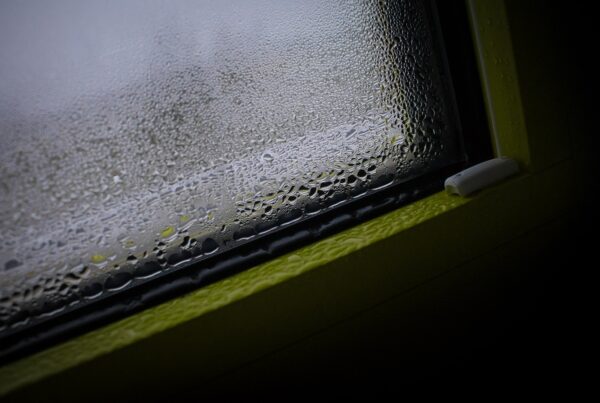Feeling a cold draft coming through your window can be really frustrating, especially in your own home. Drafty windows aren’t just annoying—they can make your home uncomfortable, raise your energy bills, and even cause bigger problems over time. Whether you’re experienced with home repairs or just starting out, learning how to stop a window draft is important.
This guide will explain everything you need to know to fix the problem. From simple, quick fixes to more permanent solutions, we’ll help you make your home cozy and draft-free.
What Causes Drafty Windows?
Before fixing window drafts, it’s important to understand what causes them. Knowing the problem will help you find the right solution.
Common Causes of Drafts
- Worn-Out Weatherstripping
The material around your windows, called weatherstripping, can wear out over time. When this happens, small gaps form, letting cold air come through.
- Gaps and Cracks
Small cracks in the window frame or gaps between the wall and the window can let drafts in. These tiny spaces can cause big problems.
- Poorly Fitted Windows
If windows weren’t installed properly, they might not fit tightly in their frames. This leaves space for cold air to enter your home.
- Single-Pane Glass
Older windows with only a single layer of glass don’t insulate well. This makes it easier for cold air to pass through and create drafts.
Why Addressing Drafts is Important
Drafts can cause more problems than just making your home feel cold. Here’s why you shouldn’t ignore them:
- Higher Energy Costs: When cold air sneaks inside, your heating or cooling has to work harder, which can raise your energy bills by up to 30%.
- Less Comfort at Home: Drafts make it hard to keep your home evenly warm or cool, leaving some spots chilly and others too hot.
- Risk of Damage: If drafts aren’t fixed, they can lead to issues like mold and rot around windows, which can be costly to repair later.
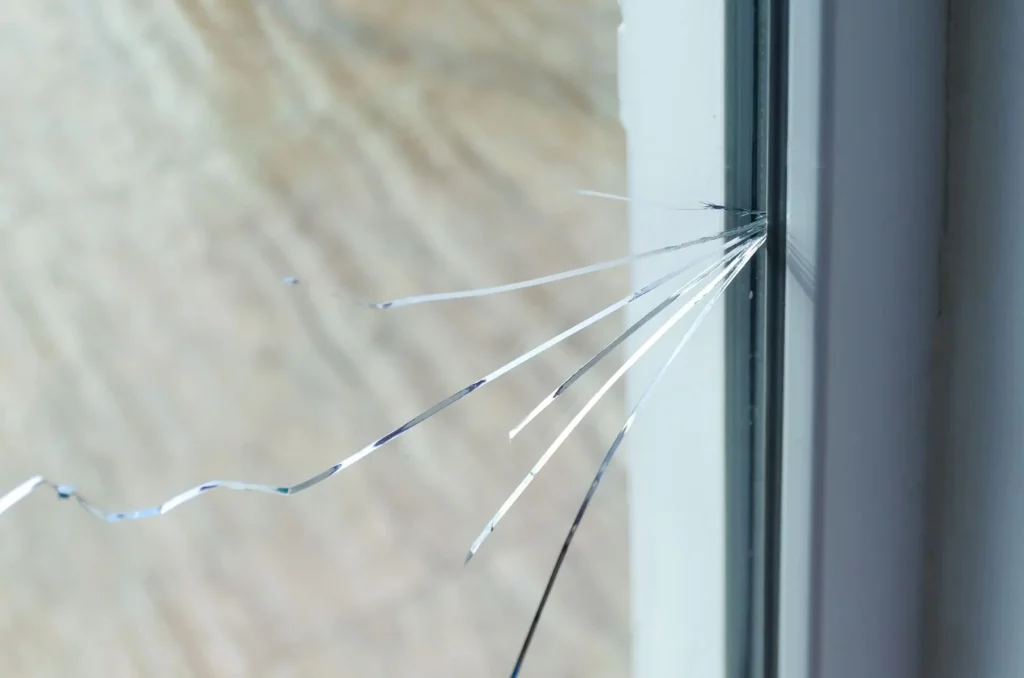
How to Stop a Draft from a Window: Temporary Fixes
If your windows are letting in cold air and you need a quick solution, there are a few simple ways to block those drafts while you wait for a permanent fix.
Quick DIY Fixes
- Use a Rolled-Up Towel or Draft Snake:
Grab an old towel, roll it up, and place it along the bottom of the window frame to stop cold air from coming in. You can also buy a draft snake (window draft excluder), a handy tool designed specifically for blocking gaps under windows. - Seal Gaps with Masking Tape:
Masking tape or painting tape is great for sealing cracks or gaps around your window frame. Just stick it over the areas where air is leaking in—it’s quick, easy, and won’t damage surfaces. - Bubble Wrap for Insulation:
Stick bubble wrap directly onto the glass. It helps keep the heat in and the cold out by adding a layer of insulation. It’s not the prettiest fix, but it works in a pinch!
Affordable Options You Can Buy
- Window Draft Blockers:
Look for adhesive draft blockers online or in stores. They’re easy to stick onto your windows and do a great job of keeping the cold air out. - Plastic Shrink-Wrap Kits:
Shrink-wrap kits are an affordable option that creates a plastic barrier over your entire window frame. Once applied, you shrink the plastic with a hairdryer to seal it tight, adding a clear layer of insulation. - Foam Tape:
Foam tape is another inexpensive option to seal those small gaps around your windows. It’s super easy to apply and can be removed without leaving damage, making it great for renters and homeowners alike.

How to Stop a Draft from a Window: Long-Term Fixes
Temporary fixes can help for a while, but finding long-term solutions will save you time and money in the long run.
Sealing Gaps and Cracks
- Caulking
Use weatherproof caulk to close small gaps around your window frames or edges. It’s a reliable way to block drafts and keep your home insulated.
- Expanding Foam
For bigger cracks, try expanding foam. It fills in the gaps and provides extra insulation to keep the cold air out.
Upgrading Your Windows
- Double or Triple-Pane Windows
If you can afford it, upgrading to double-pane or triple-pane windows can significantly improve insulation and prevent drafts completely.
- Secondary Windows
Adding secondary windows on the inside or outside is a great option for single-pane windows. They provide an extra layer of protection against the weather and are often cheaper than replacing existing windows. This is also a good solution for those who need to maintain the aesthetics of their existing windows, such as in a listed building.
Repair and Maintenance Tips
- Lubricate Window Tracks: If your windows don’t close properly, it might just need some lubricant along the tracks to ensure a tight fit.
- Replace Old Weatherstripping: Worn-out weatherstripping can be replaced easily and helps restore a proper seal to keep drafts out.
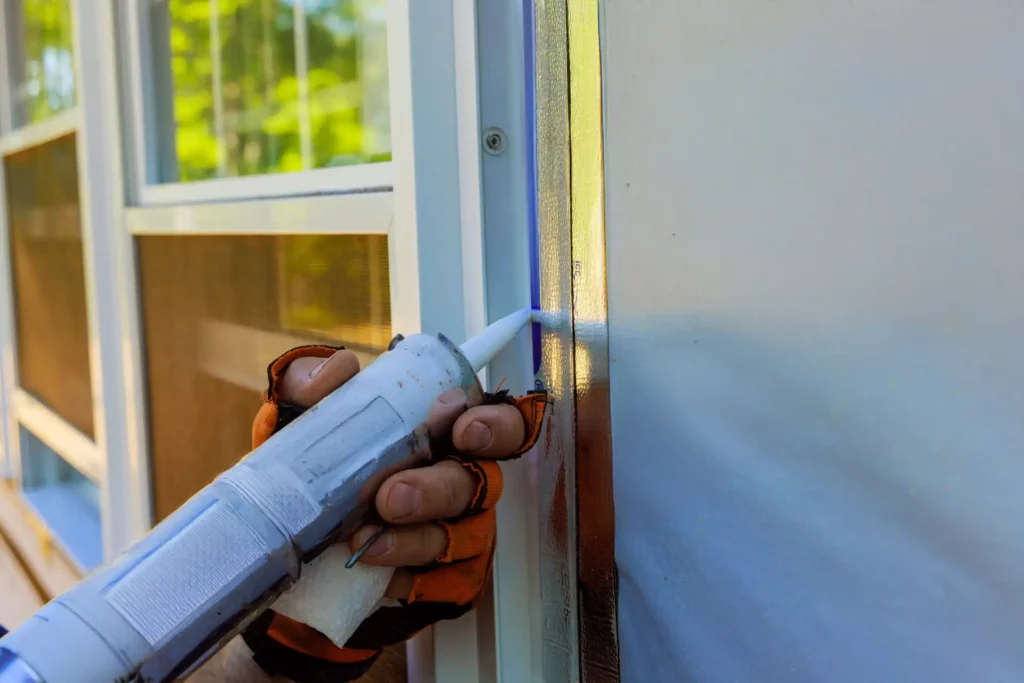
Insulation Strategies to Prevent Window Drafts
Adding extra insulation to your windows can really help keep your home warm.
Ways to Insulate Windows
– Thermal Curtains
Use thick, insulated curtains to keep the heat from escaping through your windows. They act like a barrier, keeping the warmth inside.
– Tightly Fitted Blinds
Blinds that sit snugly against the window, such as thermal or honeycomb blinds, add an extra insulating layer. They help trap air between the blind and the window, reducing drafts and improving energy efficiency.
More Easy Insulation Ideas
– Window Film
Apply a static cling window film to your windows. It’s a budget-friendly way to add an extra layer of insulation.
– Magnetic DIY Window Glazing
A budget-friendly way to improve insulation is by adding magnetic secondary glazing. This involves attaching a clear acrylic or polycarbonate sheet to the window frame using magnetic strips. It creates an extra barrier against drafts while being easy to remove when needed.
– DIY Foam Inserts
Make your own foam board inserts to cover windows you’re not using. They block cold drafts and help keep your home cozy.

How to Prevent Drafts in the Future
- Check Your Windows Every Year
Look for damage, like cracks in the caulk or loose window panes, and fix them before they get worse.
- Add New Sealant When Needed
Over time, sealants wear down. Adding fresh sealant will help keep the cold air out and prevent drafts.
- Keep Window Tracks Clean
Dirt and debris can stop windows from closing all the way. Cleaning the tracks regularly will help them seal properly.
Watch for Blown Double-Glazed Units
If you notice condensation trapped between the panes of a double-glazed window, the seal has failed, and the unit is no longer insulating properly. Replacing blown units promptly will prevent heat loss and keep your home more energy-efficient.
Stopping drafts from your windows isn’t just about staying warm—it’s also a smart way to improve your home. There are solutions for every budget, whether you use a simple draft stopper or go for professional upgrades. You can start with small, temporary fixes or plan bigger changes to make your home more comfortable and energy-efficient in the long run.
How to Stop a Draft from a Window FAQ
How do I know if my windows are drafty?
Drafty windows often cause noticeable temperature changes near the window. You might feel cold air coming through even when the window is closed. Other signs include higher energy bills or condensation buildup.
Can I fix drafty windows myself?
Yes, there are several DIY solutions to address drafty windows. You can use weatherstripping, window film, or draft stoppers to seal gaps. Regular cleaning and adding fresh sealant can also help. For more serious issues, consider consulting a professional.
What’s the most budget-friendly way to stop drafts?
Using a basic draft stopper or window insulation film is one of the cheapest options to stop drafts. These are easy to apply and effective for temporary use during colder months.
How often should I check my windows for drafts?
It’s a good idea to inspect your windows for drafts at least once a year, preferably before the colder seasons. Regular maintenance, such as cleaning and resealing, can help prevent issues.
When should I consider replacing my windows?
If your windows are old, damaged, or consistently drafty despite repairs, it might be time to replace them. New windows can provide better insulation, reduce energy bills, and enhance your home’s comfort.

